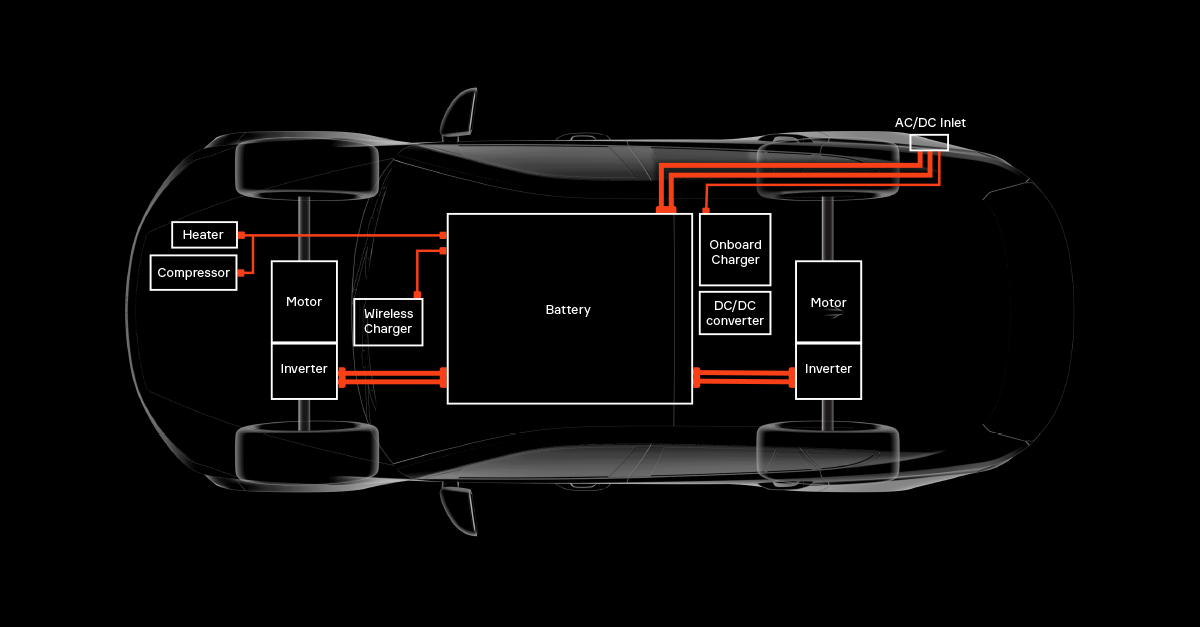For High-Voltage Interconnects, One Size Does Not Fit All
The long-awaited inflection point for electric vehicles has arrived. Consumers are demanding EVs, regulations are tightening, battery prices are falling and OEMs are ramping up manufacturing capabilities. According to Boston Consulting Group, the global market share of battery electric vehicles is expected to skyrocket from 3 percent in 2020 to 45 percent by 2035.
This shift to EV architectures brings with it a series of new challenges. How can the infrastructure support increasing voltage levels? How can OEMs cost-optimize designs for scaling up mass production? How can designers solve the issue of electromagnetic interference from high-voltage components?
Many of the answers to those questions can be found in high-voltage interconnects. High-voltage interconnect technology plays a key role in EVs. HV wiring and interconnects deliver power from the AC/DC charge inlet to the vehicle’s battery, and then distribute that electrical power throughout the vehicle’s architecture. This includes high-power devices, such as electric motors and inverters, auxiliary devices such as the air conditioner and electric heater, and electrical center devices, such as power distribution boxes and battery disconnect units.
This early in the adoption curve, however, there are many approaches and few industry standards. What is needed is a flexibility that gives OEMs the freedom to innovate based on their individual design requirements and intelligently optimize for weight, mass and cost — because one size does not fit all.
In this white paper, learn the ins and outs of high-voltage interconnects, from shielding considerations, to innovative splicing technology, to safe and secure mating options.


